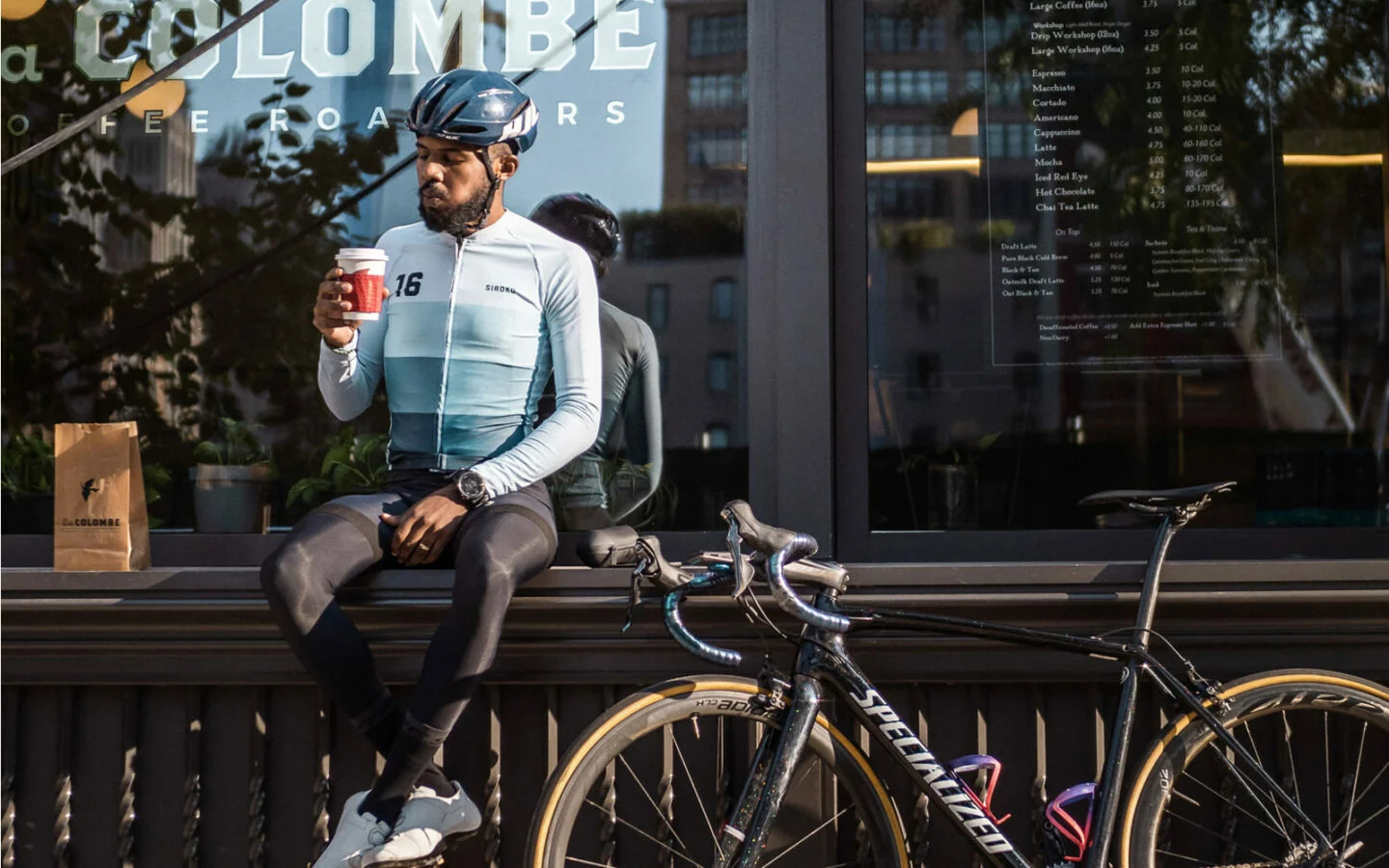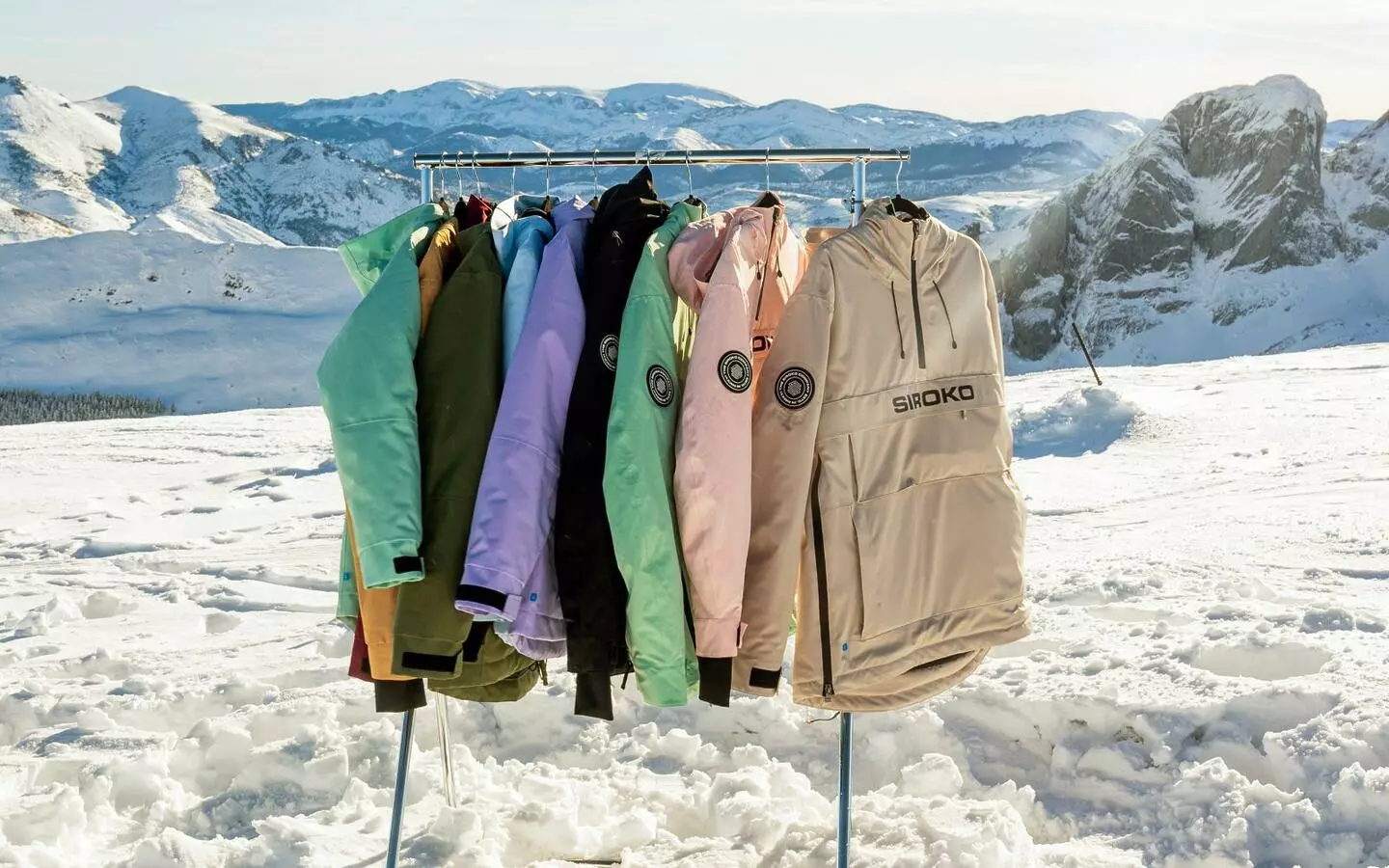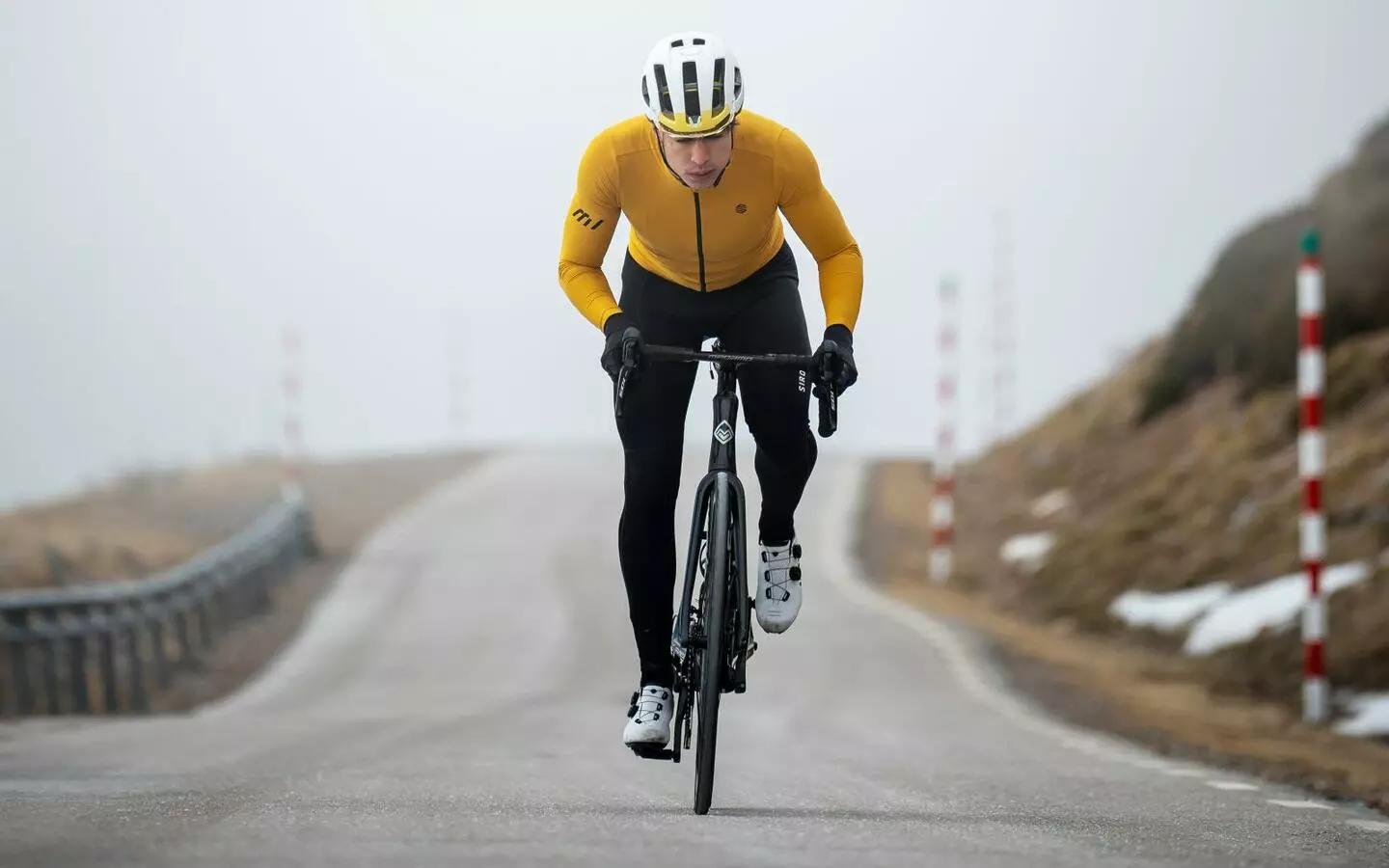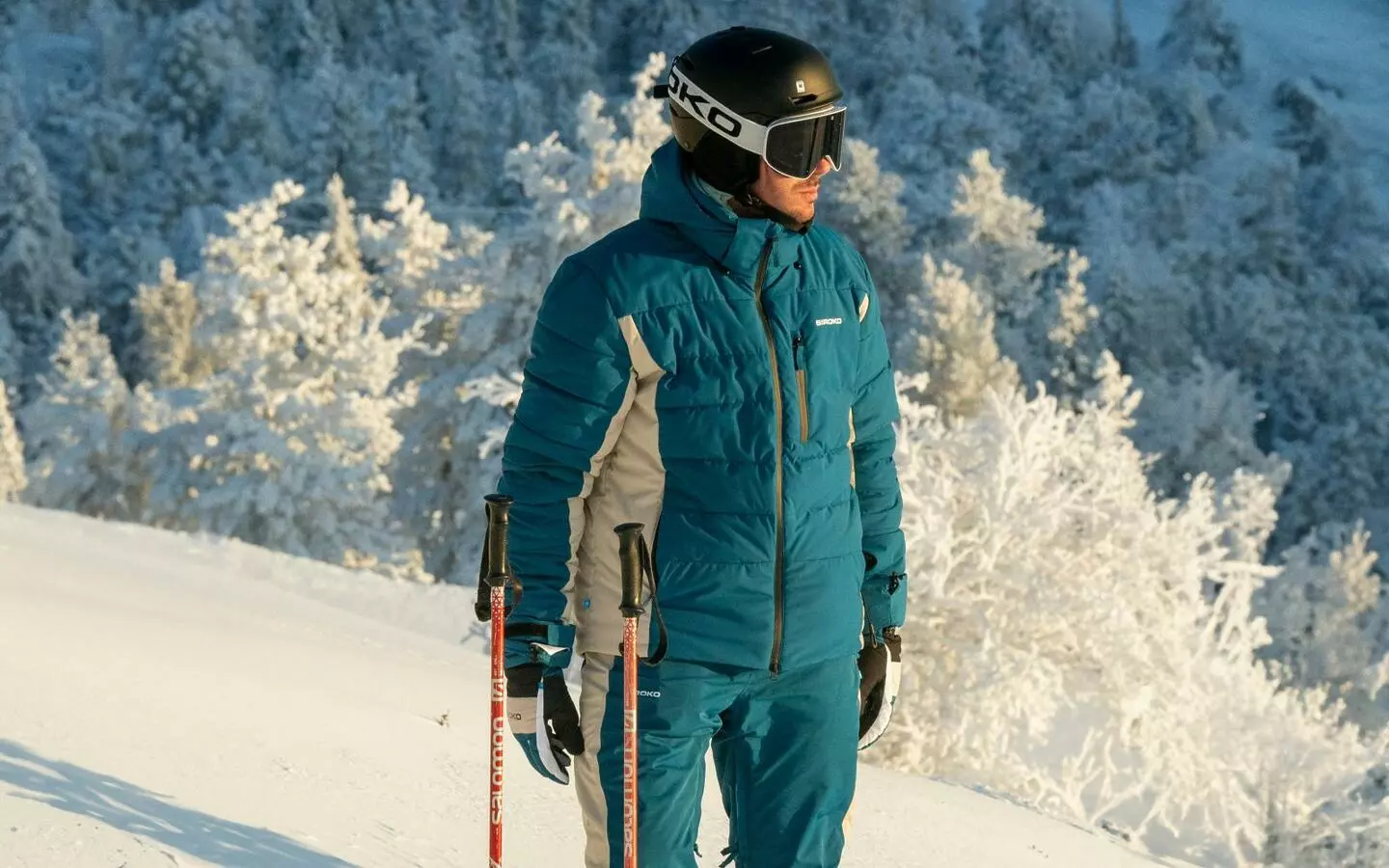Any cyclist preparing to face a ride, race or long distance event has wondered what to have for dinner the day before, what to have for breakfast or what snack to bring for the ride. These are all reasonable questions, but do we need the same kind of food to train for 6 hours in winter at a moderate pace as we do for a 4-5 hour event with 4,000 meters of elevation gain and an average speed of 35 km/h?
First and foremost, we should ask ourselves how many hours we are going to spend on the saddle, how difficult the route is and, most importantly, at what pace and intensity we are going to ride. After all, as usual in matters related to training and nutrition, personalized approach is key. In this case it means adapting the food to our specific needs. Something that can only be done by an expert and/or the cyclist him- or herself based on experience, training and trial and error.
Even so, there are a number of general tips to keep in mind:
The last supper
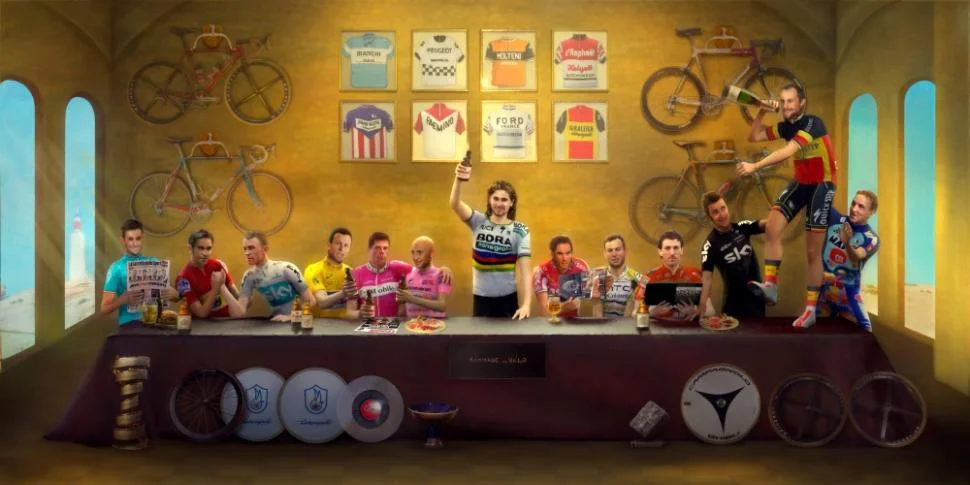
Be careful what you put on your plate, as your dinner may betray you like Judas betrayed Jesus.
Do not overeat. Eating double or triple the usual amount does not increase our glycogen stores in the muscles and liver. The reservoir has a limit, so the only thing you will get is slower and heavier digestion. You may even find it hard to sleep and you will regret it the next day.
Dinner should contain carbohydrates, mainly slow-release carbs such as wholegrain rice or pasta, legumes and vegetables. If this type of carbs gives you digestive problems, try potatoes, sweet potatoes, quinoa, couscous, cassava… Complement the dish with a portion of protein and a portion of healthy fats.
UnPleasant Breakfast
Yes, breakfast before a long ride is important, but it’s not so simple. Do not go overboard and don’t forget: if you have had a proper dinner, the caloric expenditure during sleep is minimal.
Give your body enough time to digest the food after breakfast (min. 2 hours).
The closer the breakfast is to the beginning of the route, the lighter it should be.
If you are going to spend many hours on the bike and you have enough time between breakfast and the start of the route, have a bigger breakfast, but don’t go to Pleasantville.
If you are short of time, prepare a light breakfast the night before and eat a snack half an hour before you start pedaling (banana, dates, energy bar…).
Breakfast should be rich in carbohydrates, low in fat and fiber so as not to slow down digestion and energy uptake. In these two blog posts (1 and 2) you will find 20 examples of breakfast options combining carbohydrates with a bit of protein and healthy fats.
Coffee, the legal drug for cyclists
If you like coffee, drink a cup one hour before you start training. It is scientifically proven that caffeine (in an appropriate amount) improves performance (especially at high intensities). If you don’t like it or don’t usually drink coffee, avoid it, as it might sit heavy in your stomach.
Caffeine has a similar effect to carbs, having more will not increase your performance. One cup of good coffee is more than enough.
Train your guts
If you train your digestive system at the same time as your muscles or your head during long rides or training sessions, you will avoid digestive problems on the important day and you will ensure a correct absorption of nutrients and energy.
Technology (heart rate monitors, power meter) helps us calculate approximately how many calories we burn, but experience, a trained stomach and gut, as well as trial and error are key to replenish what has been spent, as each cyclist is unique and so should be his or her nutrition.
Eat little but often
When we are pedaling, it is best to eat a little at a time rather than a lot at once. If we start to feel hungry, it is usually too late.
The recommended amount for a regular cyclist is between 30 g and 60 g of carbohydrates per hour because the amount we can oxidize (use as fuel) is 1 g/min.
In this study they found that this figure can reach 120 g and that ingesting so many carbohydrates per hour not only does not cause gastrointestinal problems but also improves the athlete’s performance and recovery. But first you have to train your digestive system. If you want to know more about how to train your guts, here is a link to the website of one of the authors of the study, Aitor Viribay Morales.
Simple, easy-to-digest food without unnecessary risks
The longer and more intense the ride, the more difficult it will be for our digestive tract to process the food. This is why the vast majority of cyclists prefer to eat bars at the beginning and leave the gels or energy drinks for the end, as they are more easily digested and the sugars are released earlier. If you follow this strategy, make sure you have water in your bidons to help you swallow the gels better.
If you prefer solid food, use the most easily digestible snacks at the end. Example: nuts and dates at the beginning, light bars or pb&j sandwich in the middle and bananas at the end. However, it is always a good idea to carry some gels in your pockets because they are the perfect fuel to face bonking.
If you need inspiration to prepare energy bars, here are a few ideas for home-made ones. You can also make a gel or an energy drink or the famous rice cakes valued by professionals.
Don’t experiment on long routes/races/events. Don’t try new products, or eat the first thing you find at a refreshment area. Stick to what you usually use.
Drink when you’re thirsty, have water in the bidon
We have already covered the subject of proper hydration in this blog article. It is an even more personal question than nutrition and also depends on the intensity of the exercise and the heat/humidity. Some people need more or less fluid/electrolytes. Trust your body. If you have water in your bidon, drink when you’re thirsty.
If you drink more than you should, your performance may be compromised. It also increases the risk of hyponatremia (the concentration of sodium in the blood is diluted and can cause cerebral edema).
So much for tips for long rides. They are not set in stone, but keep them in mind to avoid problems. Remember to take into account how many hours you are going to spend on the saddle, how difficult the route is and at what pace and intensity you are going to ride. It is also important to understand your actual motivation for cycling: do you eat to ride the bike or do you ride the bike to eat?
